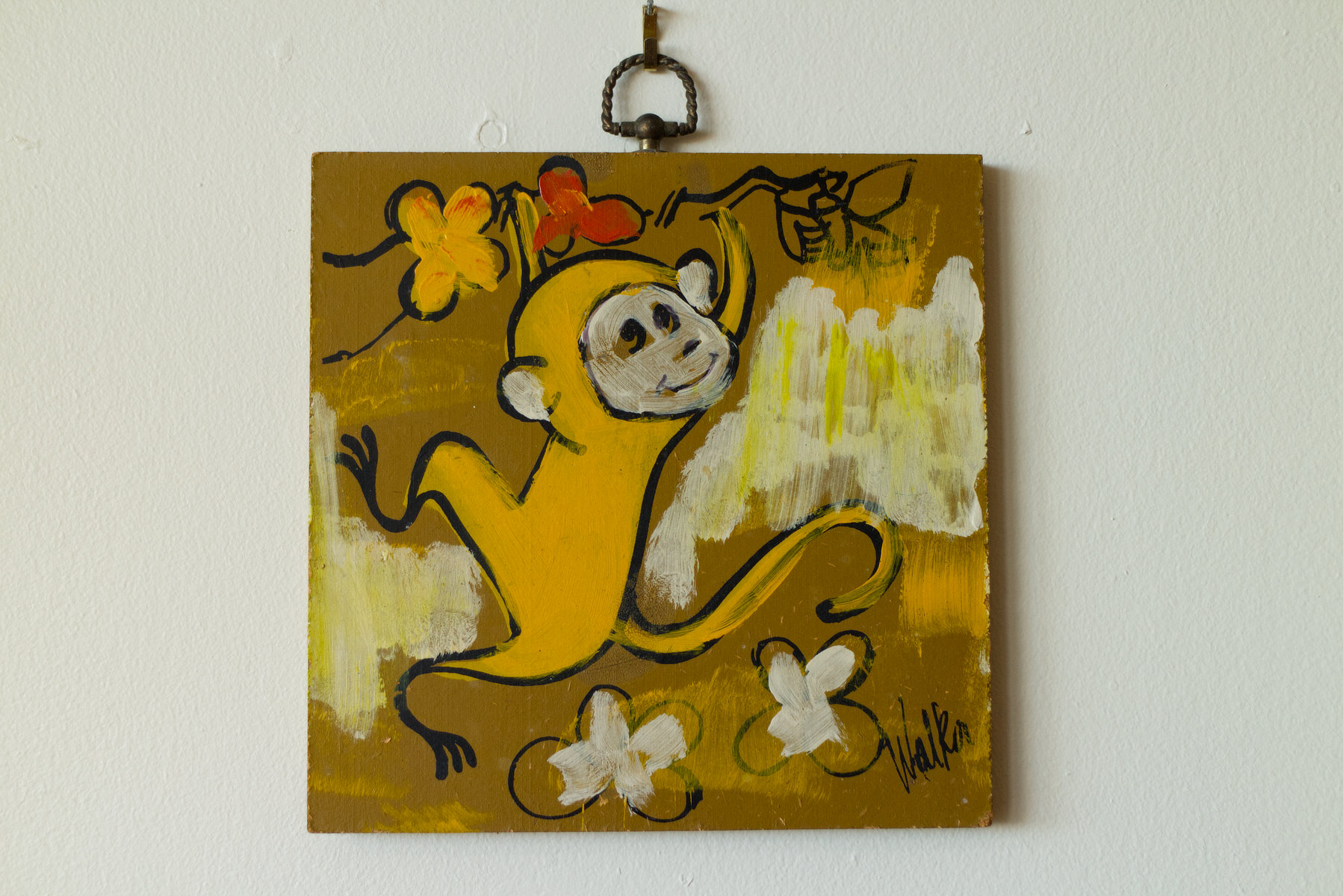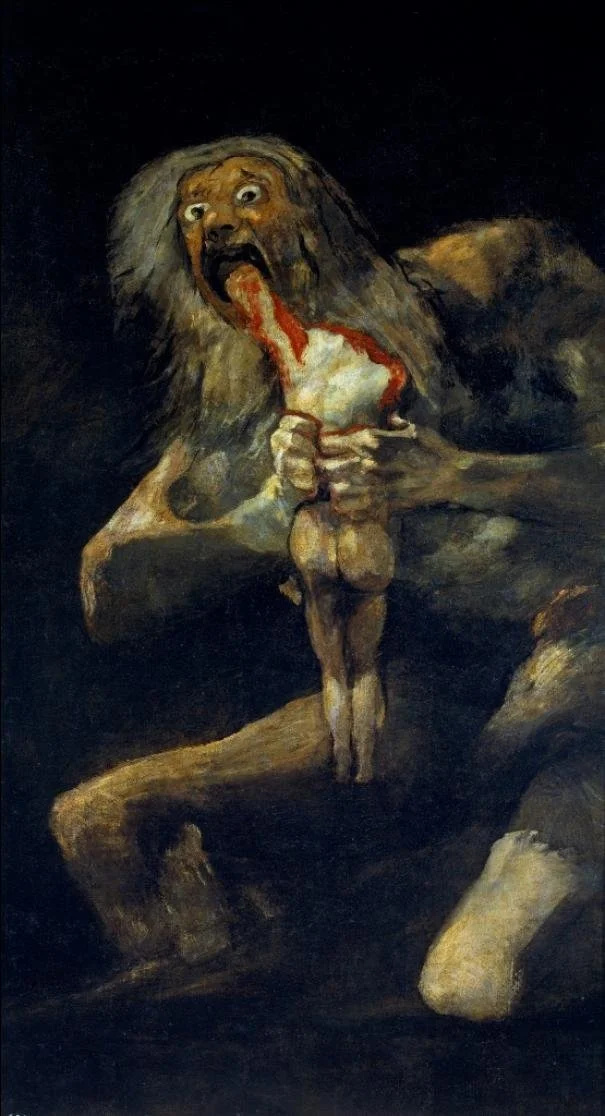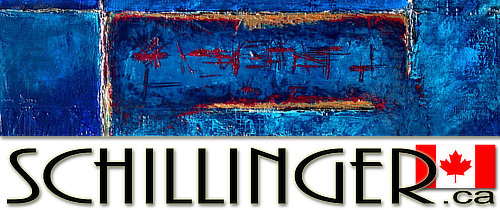The Monkey & Saturn Devouring His Children
The Monkey. Saturn Devouring His Children. Two of my earliest memories of artwork. One by Walker and the other by Goya. My mother bought The Monkey at a supermarket in Houston Texas for, I think, 50¢. At the time I was 4 years old. It was 1973 and my father was studying to be a kidney surgeon at one of the local hospitals. I think we lived there for a year before returning to Toronto. Goya’s Saturn is on the last page of a book by Liselotte Andersen called Baroque and Rococo Art. I would sit by the stereo in the sunroom of the house we lived in on Baby Point in Toronto and flip through the pages… always aware of that last page… the one with the dude eating a baby. Today at 53 The Monkey still hangs on my wall. Baroque and Rococo Art sits between Veganomicon and The New Encyclopedia of Modern Bodybuilding up high on my bookshelf.
More about Goya
From ChatGPT using openAI (artificial intelligence)
“Saturn Devouring His Children” is a painting by the Spanish artist Francisco Goya. It is a part of a series of 14 paintings known as the “Black Paintings,” which were created by Goya on the walls of his house later transferred to canvas.
The painting depicts the Greek myth of Saturn, who was the father of many gods and goddesses, eating one of his own children. The scene is depicted in a grotesque and violent manner, with Saturn’s face twisted in a demonic expression and the body of the child wriggling in his mouth. The painting is thought to be a reflection of Goya’s feelings about the political and social turmoil of his time, and the way that powerful figures can consume and destroy those under them.
The painting is considered one of Goya’s most powerful and disturbing works, and is considered to be a masterpiece of Spanish art. It is currently on display at the Prado Museum in Madrid, Spain.
It is also considered as one of the most powerful representation of the political and social turmoil of the time, the painting reflects Goya’s disillusionment with the political corruption, the church’s power, the war and the Spanish society of his time.



